Cats, well-known for their love of sleep, exhibit a variety of sleeping positions that often amuse and sometimes puzzle their owners. Not just a random assortment of cute poses, each sleeping position can potentially offer insights into your cat’s physical and mental state. In this article, we will explore seven unusual cat sleeping positions and uncover what they might indicate about your feline friend.
The Loaf
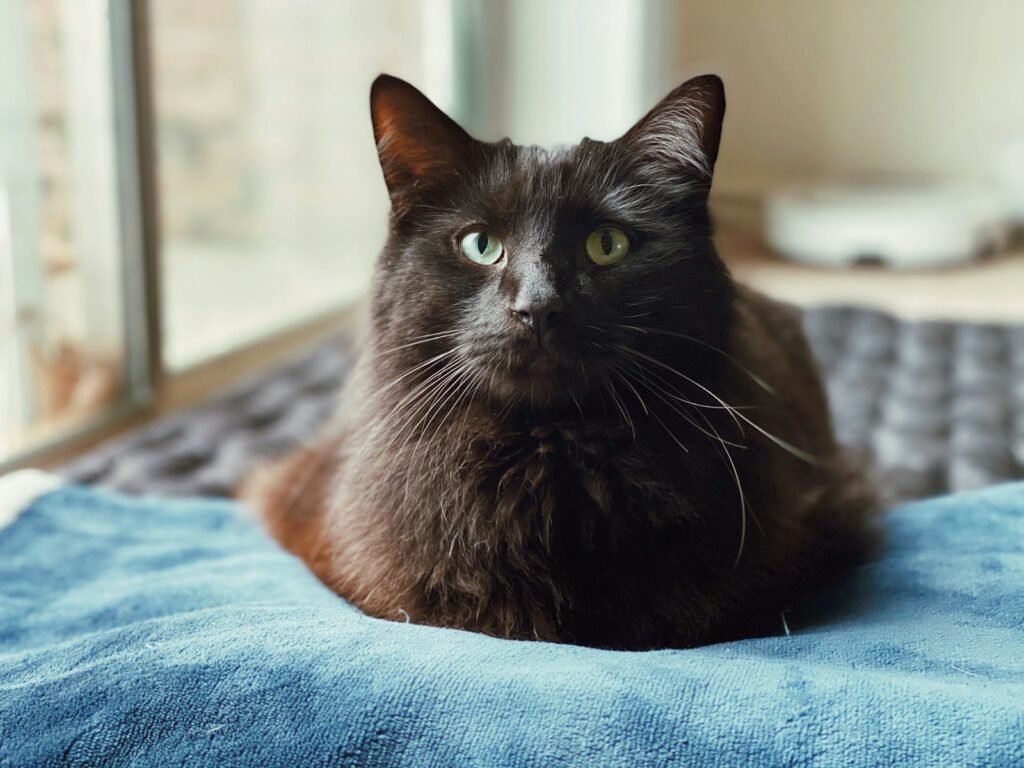
When a cat sleeps in “the loaf” position, their paws are tucked under their body, often resembling a neatly baked bread loaf. This position indicates that your cat is in a relaxed but alert state. By keeping their paws tucked in, they stay warm while remaining ready to spring into action if needed. This posture suggests contentment and provides a level of protection, showing that your cat feels relatively secure in its environment.
Side Sleeper
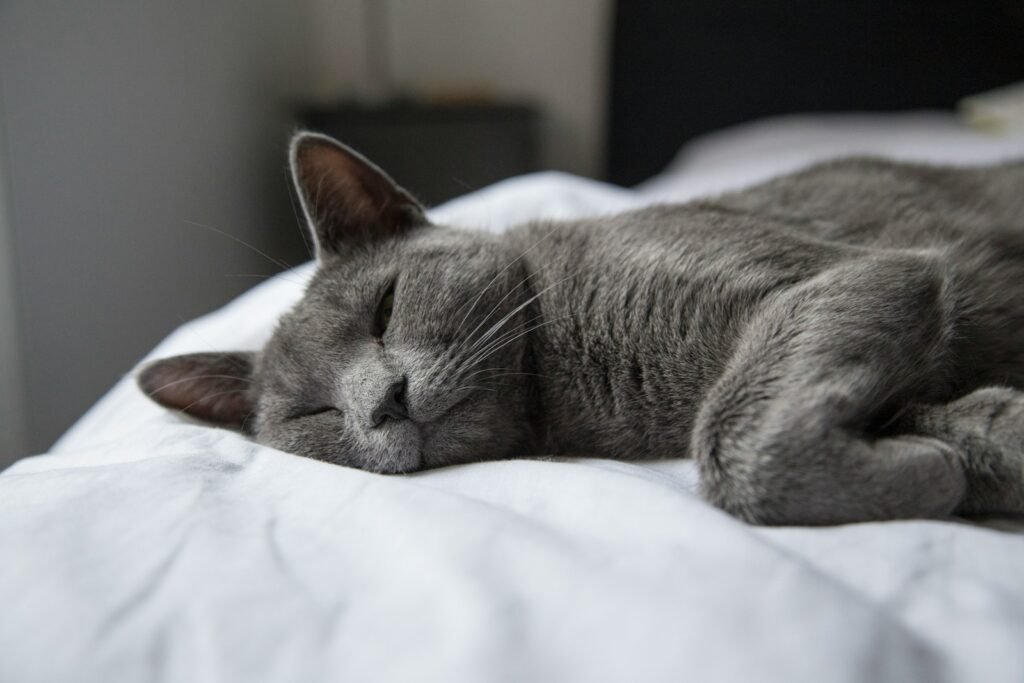
The side sleeper position, where a cat sprawls out comfortably on its side, indicates a high level of trust and relaxation. Cats are vulnerable in this position because their vital organs are exposed. Therefore, a side-sleeping cat feels safe and stress-free. This is a good sign that your home environment provides a sense of safety for your feline friend.
Belly Up
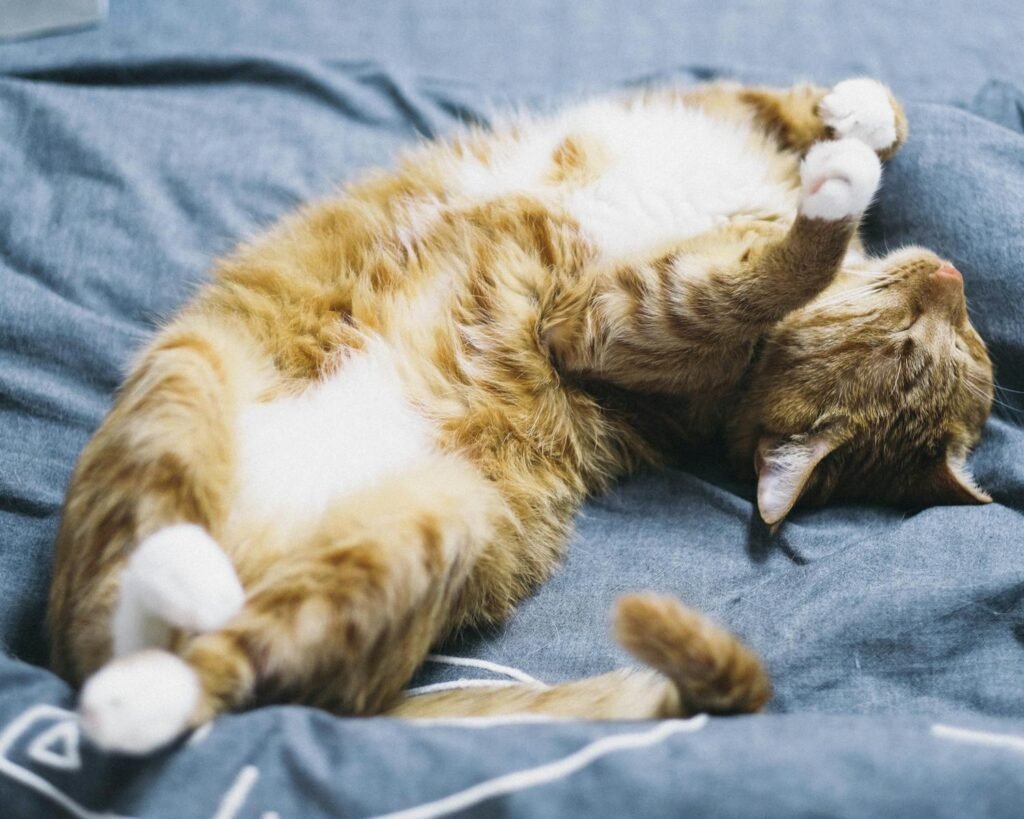
When a cat sleeps with its belly up, paws in the air, it shows ultimate trust in its surroundings. Cats traditionally protect their bellies, as it is a vulnerable area for them. This position signifies that your cat feels completely secure and trusts you implicitly, devoid of any threat in the environment.
Curled Up

In the curled-up position, your cat tucks its legs under its body and wraps its tail around. This is a common sleep position, especially in cooler environments. It helps your cat retain body heat and protect vital organs while resting. Although common, it can indicate a need for more warmth and security, suggesting the current environment might be slightly cooler than preferred.
The Contortionist
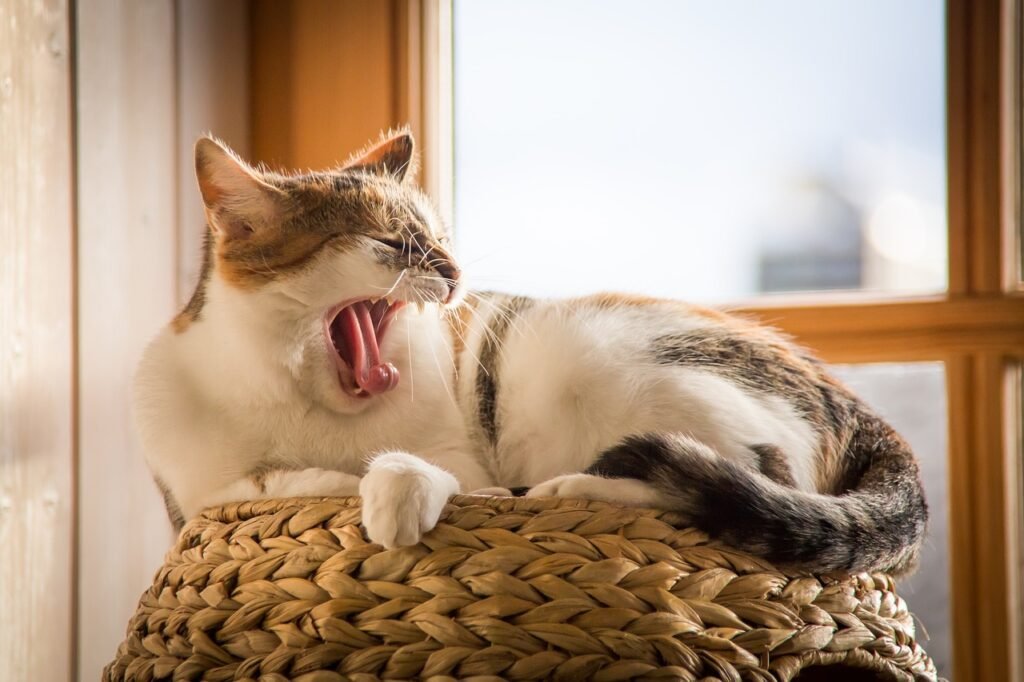
Cats sometimes sleep in seemingly impossible positions, twisting and turning their bodies in odd angles. This flexibility and contortionist tendency demonstrate their agile and adaptable nature. Such positions often indicate contentment and an extremely deep sleep state wherein the cat feels no immediate danger or discomfort.
Paws Across the Face
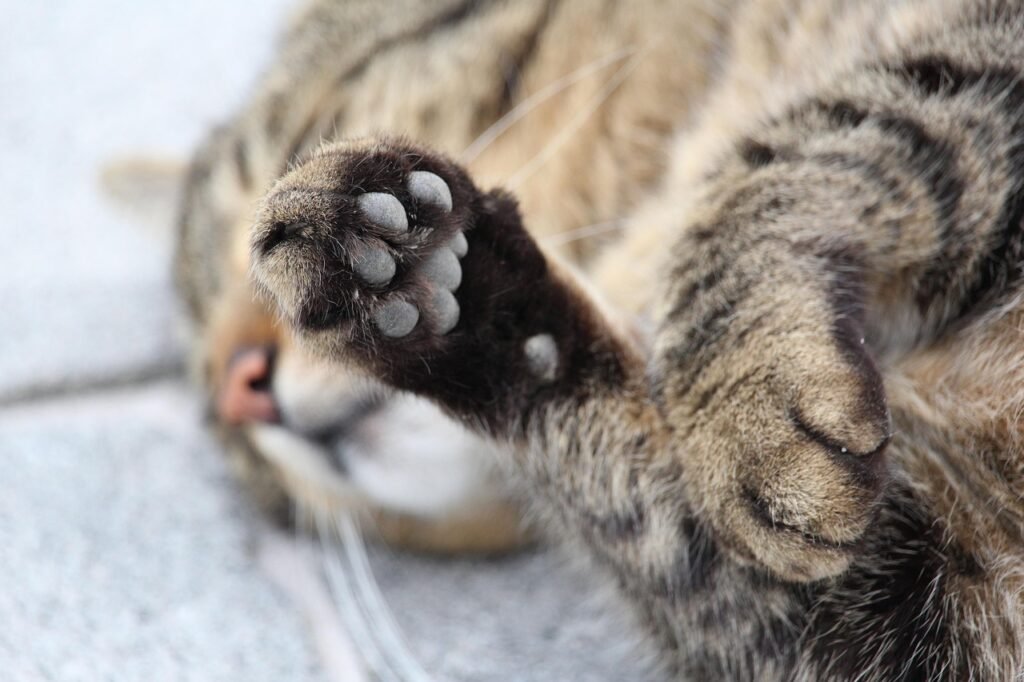
When a cat covers its eyes or face with its paws while sleeping, it usually wants to block out disturbances like light and noise. This position might suggest that your cat is in need of rest without interruptions. It could also highlight a degree of vulnerability or desire for added comfort and isolation.
The Percher
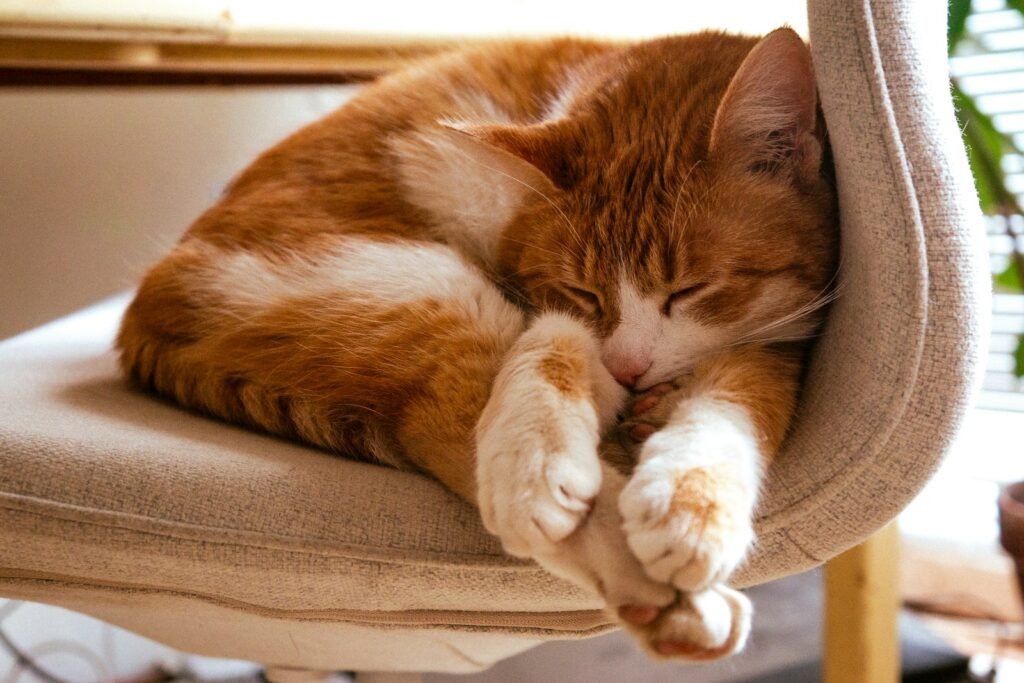
Some cats choose to perch themselves on elevated surfaces, like a tree, shelf, or the top of the couch. While perching, they might appear to be half-sitting and half-sleeping. This position usually indicates vigilance. Cats like having a vantage point to monitor their environment while catching some rest, pointing to a desire to remain aware of their surroundings.
Sleeping in Boxes

Cats are notorious for their fondness for sleeping in boxes. This behavior taps into their instinctual need for security and seclusion. A box provides a concealed space that feels safe from predators, even within the safety of a home. Sleeping in a box suggests a preference for a snug, protected environment.
Conclusion: Decode Your Cat’s Comfort Level
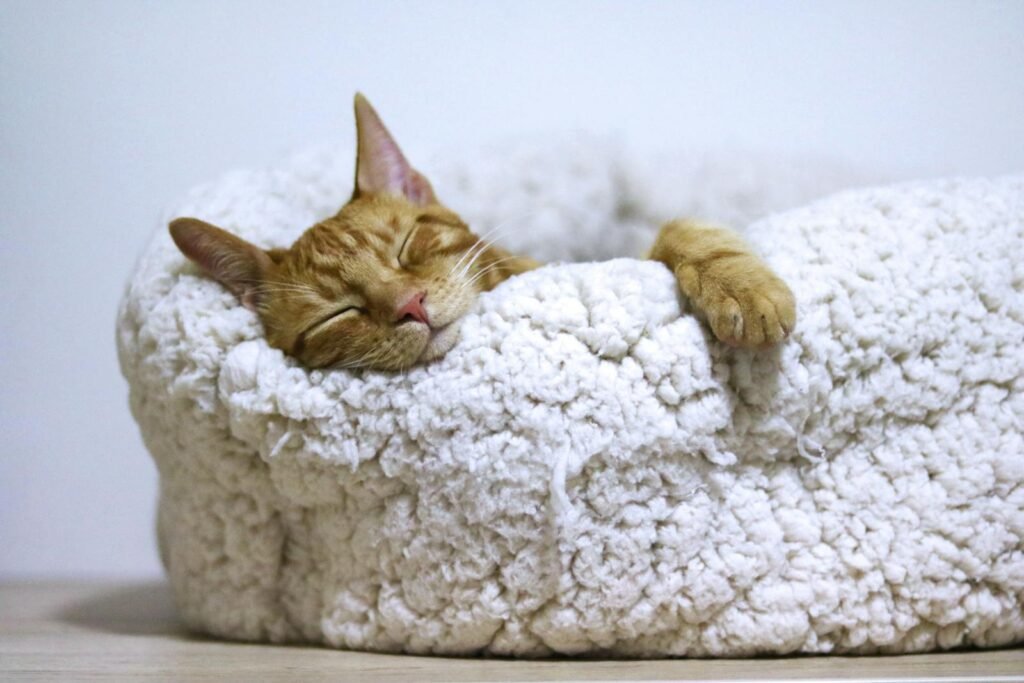
Understanding your cat’s sleeping positions can offer valuable clues about their comfort, stress levels, health, and sense of security within their environment. By observing these positions and any changes, you can adjust their environment to ensure maximal comfort and well-being. Through these small insights, you get to know your feline companion better and deepen the affectionate bond you share.

Growing up traveling and experiencing new cultures and wonders, I have had a passion for nature, adventuring, photography, and videography. I am currently working towards a BSc in Biodiversity and Ecology at Stellenbosch University, and I hope to specialise in Marine Sciences one day.
Please send any feedback to Feedback@animalsaroundtheglobe.com






